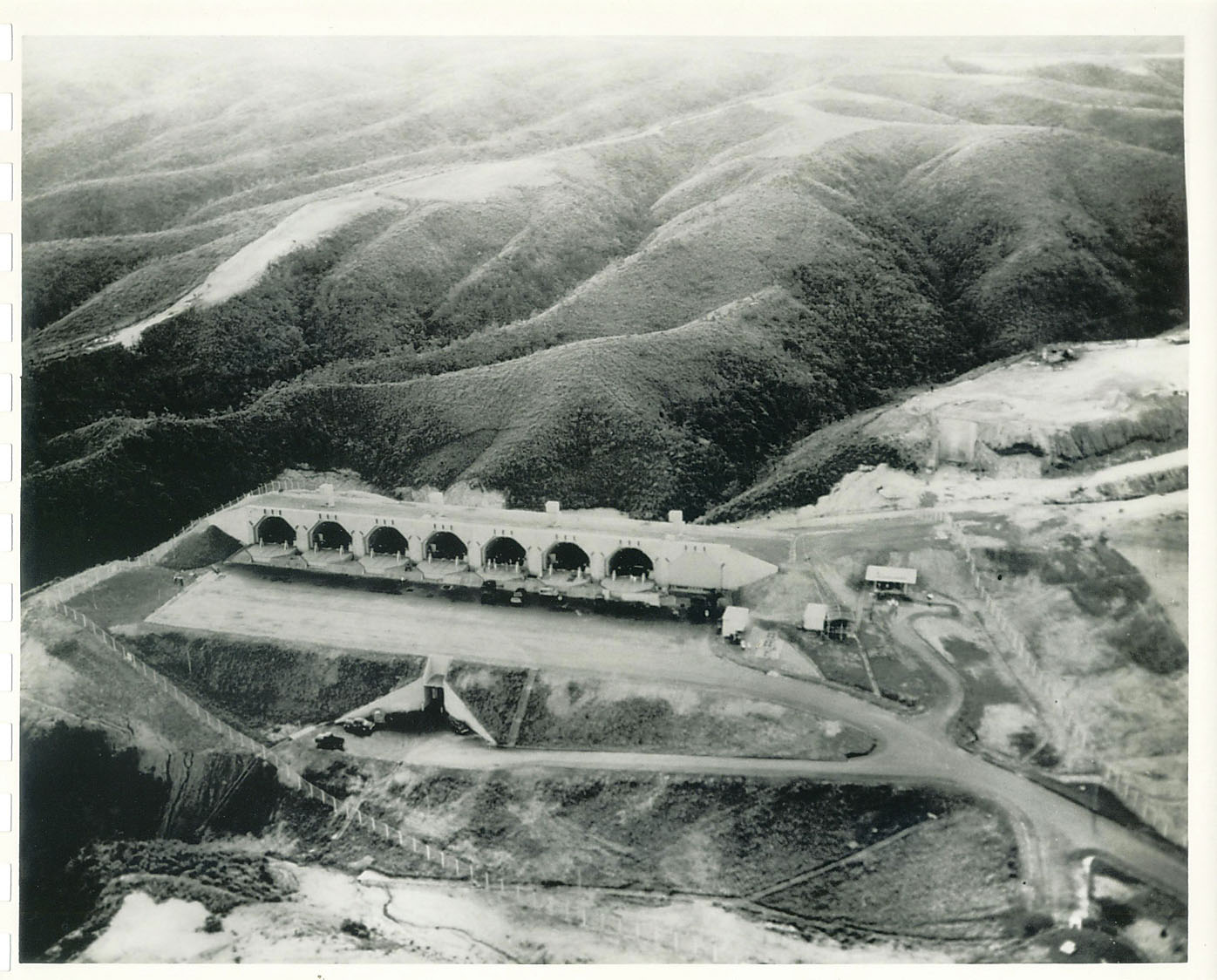In October 1962, the United States and the Soviet Union teetered on the brink of nuclear war after American spy planes discovered that the Kremlin had stationed medium-range atomic missiles on the communist island of Cuba in the Caribbean, barely over the horizon from Florida.
The weapons placed large swaths of the U.S. — including Washington, D.C. — within range of attack and sparked a two-week showdown between the superpowers that Pulitzer Prize-winning U.S. historian Arthur Schlesinger Jr. called "the most dangerous moment in human history."
Six months prior to the Cuban Missile Crisis, however, a parallel drama had played out on the other side of the world as the U.S. brought near-identical missiles to the ones the Russians stationed on Cuba to another small island — Okinawa.


















With your current subscription plan you can comment on stories. However, before writing your first comment, please create a display name in the Profile section of your subscriber account page.